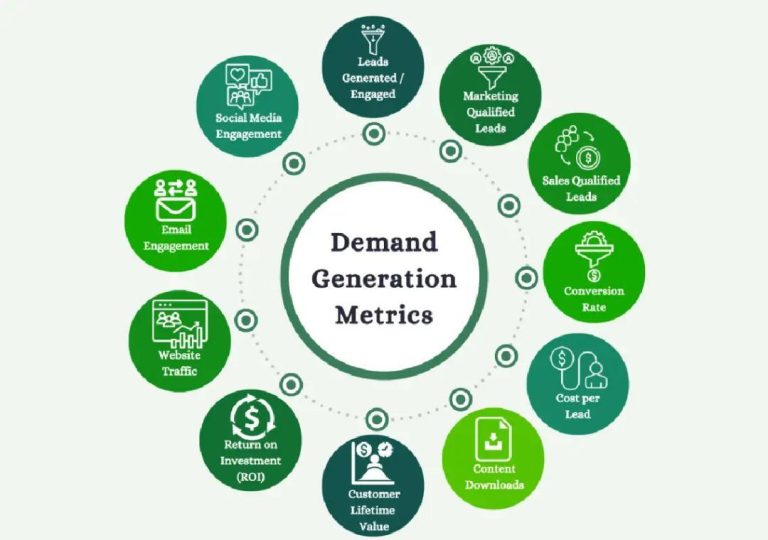
AI, Creators & Tier-2 Cities Power India’s Startup Growth
India’s startup ecosystem has been making waves globally, with its innovative spirit, entrepreneurial zeal, and adaptability to emerging trends. A recent report by Meta-A&M, a leading research and advisory firm, has shed light on the key drivers of India’s startup growth, revealing some fascinating insights. In this blog post, we’ll delve into the report’s findings and explore how AI, omnichannel models, Tier-2/3 city expansion, and creator-driven branding are shaping the Indian startup landscape.
AI Adoption: The Game-Changer
A staggering 70% of Indian startups are now leveraging Artificial Intelligence (AI) to drive innovation and growth. This adoption rate is significantly higher than the global average, reflecting India’s commitment to embracing cutting-edge technology. AI has enabled startups to streamline processes, improve customer experiences, and gain a competitive edge in the market. For instance, AI-powered chatbots are being used to provide personalized customer support, while machine learning algorithms are helping startups analyze customer behavior and preferences.
The benefits of AI adoption are multifaceted. For one, it has enabled startups to reduce costs and increase efficiency, allowing them to allocate resources more effectively. AI has also enabled startups to tap into new markets and customer segments, thereby expanding their reach and revenue potential. Moreover, AI has helped startups to stay ahead of the competition, as they can quickly respond to changing market conditions and customer needs.
Omnichannel Models: The Future of Customer Engagement
Another key trend in India’s startup ecosystem is the adoption of omnichannel models. An impressive 67% of startups are now using omnichannel strategies to engage with customers across multiple touchpoints, including social media, email, SMS, and in-app notifications. Omnichannel models have enabled startups to provide seamless and consistent customer experiences, regardless of the channel or device used.
The benefits of omnichannel models are numerous. For one, they have enabled startups to increase customer loyalty and retention, as customers appreciate the convenience and consistency of interacting with a brand across multiple channels. Omnichannel models have also enabled startups to gather valuable insights into customer behavior and preferences, allowing them to refine their marketing strategies and improve customer engagement.
Tier-2/3 City Expansion: The Next Frontier
Traditionally, India’s startup ecosystem has been concentrated in Tier-1 cities like Bengaluru, Delhi, and Mumbai. However, a significant shift is underway, with 95% of startups now targeting smaller cities like Tier-2 and Tier-3 cities. This expansion is driven by the growing demand for innovative solutions and services in these cities, as well as the availability of a skilled and affordable workforce.
The benefits of Tier-2/3 city expansion are numerous. For one, startups can tap into new markets and customer segments, thereby expanding their reach and revenue potential. Tier-2/3 city expansion has also enabled startups to reduce costs and increase efficiency, as they can leverage local talent and resources. Moreover, Tier-2/3 city expansion has helped startups to build stronger connections with customers and communities, enabling them to develop more nuanced and contextual solutions.
Creator Economy: The Rise of Influencer Marketing
Finally, the rise of the creator economy is another key trend in India’s startup ecosystem. An impressive 88% of startups are now partnering with influencers early in their marketing strategies, recognizing the power of influencer marketing in reaching and engaging with customers.
The benefits of influencer marketing are numerous. For one, it has enabled startups to tap into the vast reach and credibility of influencers, allowing them to promote their products and services to a wider audience. Influencer marketing has also enabled startups to build stronger connections with customers and communities, as influencers can provide authentic and personalized endorsements of a brand.
Conclusion
India’s startup ecosystem is evolving fast, driven by AI adoption, omnichannel models, Tier-2/3 city expansion, and creator-driven branding. These trends are reshaping how startups scale, connect with users, and build future-ready brands across India. As the startup ecosystem continues to evolve, it will be exciting to see how these trends shape the future of innovation and entrepreneurship in India.
References:






